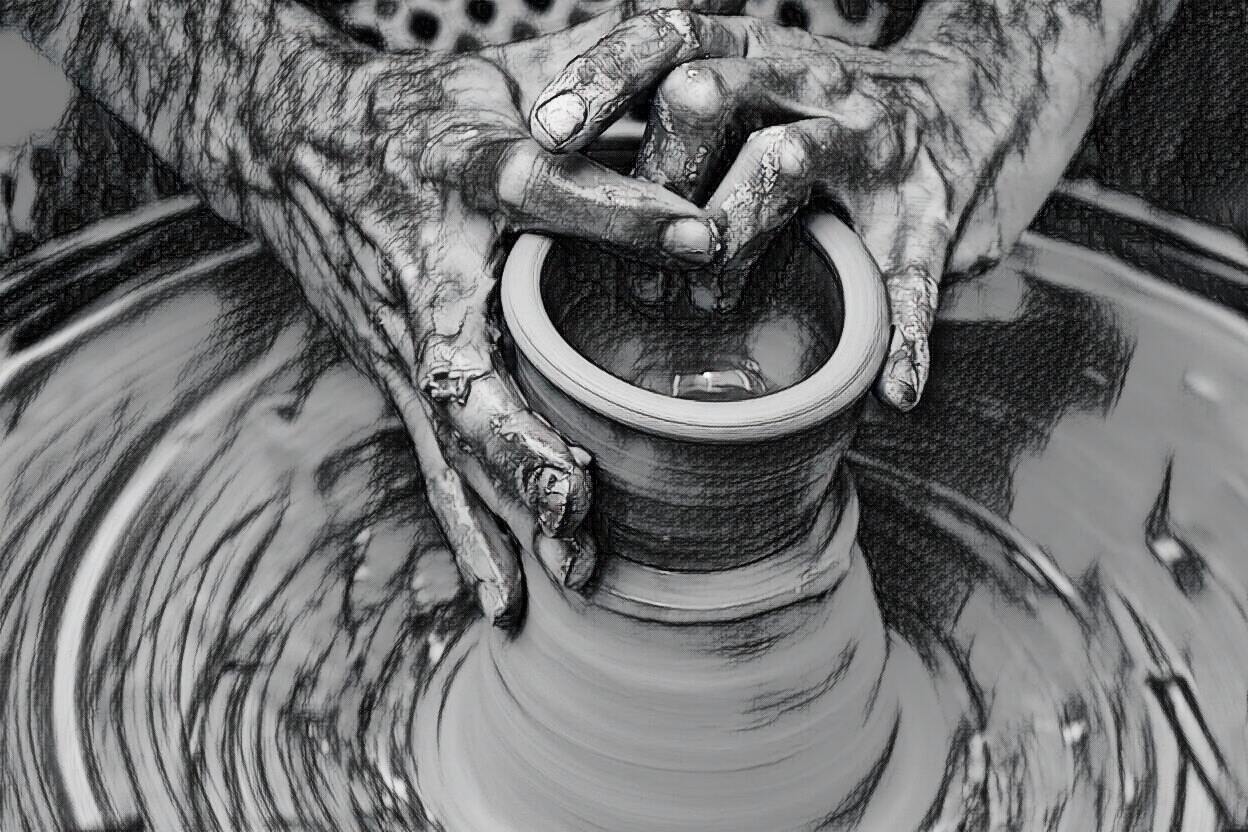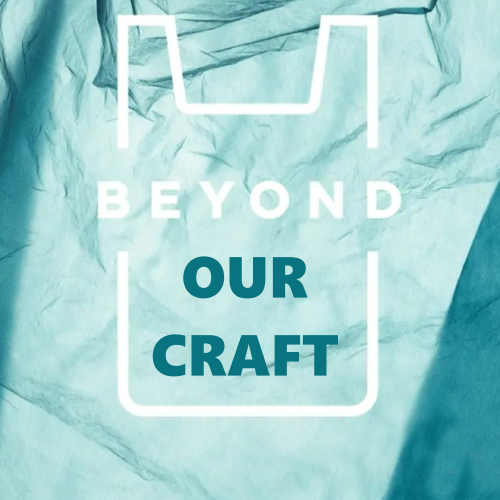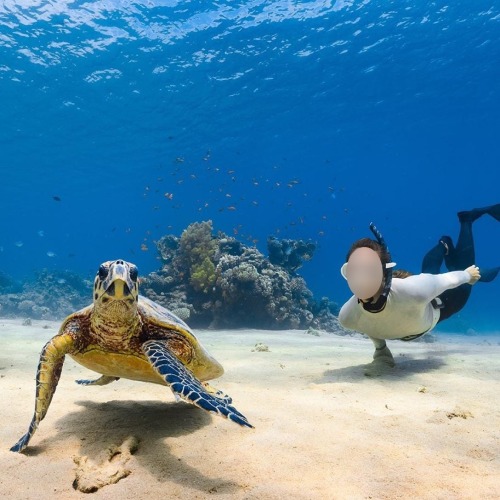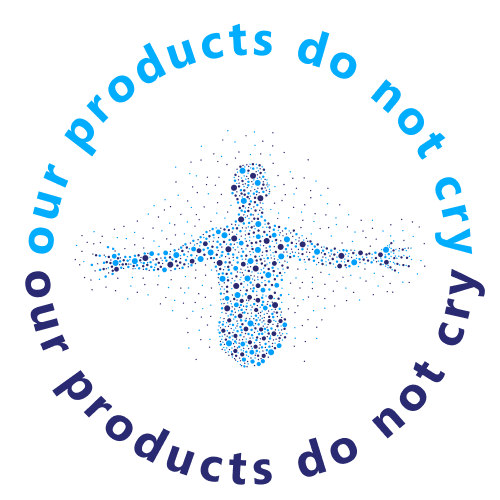A - Act locally
Look for local businesses, farms, causes and shelters in your
neighborhood to reduce energy and global resource consumption,
promote community and grow circular economies.
B - Belonging
Nurture a sense of belonging in your body, your homes, your work,
your community and the environment to foster humane connections more
easily.
C - Circular Economy
Distribution of wealth and resources to benefit the community and
genuinely grow the resources, both human and ecological, without a
sense of obligation is important for sustainable growth.
D - Development
Growth and development must be constant at a grass root and company
level to ensure there is room for research and implementation of
humane products and services.
E - Educate Yourself
Look within to find gaps in our understanding of the community and
world and educate yourself constantly to be more humane towards each
other and nature.
F - Fashion and Consumerism
Slow fashion is not only a trend and movement but a way of life
breaking out of just the clothing industry to enter our minds
consciously every time we purchase anything. Ask - do I need this or
do I want this?
G - Give Out Resources and Information
Fostering humanity and humane behaviour begins with divulging
information, sharing resources, brainstorming ideas and growing
together.
H - Health and Safety
Ensuring the health and safety of ourselves, our family, our
workers, our employees, our dependants and each member of the
community is indispensable not only to being more humane but to
achieving any modicum of growth.
I - Intentions
Our intentions towards each other and the environment must be rooted
in truth, because if we're beginning a process not for betterment
and growth but for profit, we are bound to lose our way in the
middle. Keeping a clear conscience and communicating the same with
others is of the utmost importance.
J - Joy In Our Daily Lives
Cultivating and nurturing joy in our daily lives so that it
encompasses not just happiness and beauty but also gratitude,
servitude, challenges, mindfulness and all emotions that make us
humane.
K - Keep At It
The journey of growth is not about perfection but rather
consistency. We will falter, we will stray from our centre but our
purpose is to always come back and continue on without stopping.
L - Longevity
Design and consume products and processes that are meant to last so
that waste accumulation is at a minimum. Remember your parents
saying they've been using the same mobile or car or garment for
years because they took care of it and respected it? Bingo, for
that's the same ideology that drives sustainability.
M - Mental Health
Practice kindness, mindfulness, energy consumption, ripple effect of
words and actions because positive mental health is the foundation
of being humane towards ourselves, the community and the
environment.
N - Nurturing Environment
Creating an environment at each step (within ourselves, our homes,
schools, industries, workplaces etc) where one can question,
understand, implement and grow without fear of reprimand at failure
is important for humane connection.
O - Organizational Awareness
Most of us function within an organization whether it's your
workplace, your industries or your society. Understanding the core
values, methods and ethos of your organization and ensuring that
your processes are aligned towards the development of your community
and environment is essential.
P - Practice Forgiveness
The art of forgiveness and letting go is the first step of being
more humane. Joyce Marter, LCPC, notes, "If for no other reason than
for yourself, forgive to untether yourself from the negative
experiences of the past.” Take time to meditate, and give thanks for
the wisdom and knowledge gained from your suffering.
Q - Question Everything
The first step to being more humane and sustainable is to question
everything. From marketing to economics to consumption to
entertainment, asking “why is this important, who made the rules,
how can I do better” is the key.
R - Resource Consumption
Nature and humanity provides us with finite resources that are
quickly depleting, as is no surprise. Climate change is real. This
leads us to the most important first step in protecting and
nourishing the environment - reducing our resource consumption in
every individual way and at an organisational level.
S - Sustainability
Whether it's living in a way that reduces your carbon footprint,
consuming more mindfully, not adding to the landfills, promoting
kindness and humanity, not giving up growth at an individual level
or even just striving to eat more mindfully, all encompass living
sustainably.
T - Think Twice Before Consuming
Marketing and advertising has ingrained the belief that your life
isn't complete without luxuries that you may have never even heard
of. We've been told that material possessions make us successful.
However, in a world where housing is now being built on top of
mountain-like landfills, asking yourself before every purchase
whether big or small, is essential. Can you do without a car that
consumed oil and gas at an alarming rate? Do you need six pairs of
jeans?
U - Use Your Voice
Being humane towards each other and nature begins with using your
voice. Educate and share information with those who do not have
access to the same resources as you, creating a ripple effect of
growth. Speak out against injustices, speak out with better ideas,
speak with kindness to one other.
V - Virtue and Mindfulness
When you get to the point when you're feeling highly motivated
towards keeping your virtue, you will discover how beautiful human
connection can be. Perfection isn't the goal but striving to be
mindful in our actions, our words, our consumption, our nourishment
is. As Alan Watts noted, “It takes mindfulness and virtue to come to
a fortunate human life”
W - Wastage and Landfills
Arguably, the biggest challenge faced by humanity due to excess
consumption is waste produced. From plastic bags that don't
decompose, to discarded clothes and appliances making man-made
mountains in landfills and the air quality index constantly
declining due to pollution, managing our waste has become one of the
first steps in environmental sustainability.
X - Extinction Due To Diets
Take extinction off your plate notes “Wild animals suffer not only
the collateral damage of meat-related deforestation, drought,
pollution and climate change, but also direct targeting by the meat
industry”. Meat production is the leading source of water use and
water pollution even in drought ridden countries leading to 40%
increase in habitats and wetlands destruction.
Y - Your Rights and Responsibilities
Ask and educate yourself about your rights and responsibilities
within your society and your work. Enforcing your rights as a
citizen and as an employee creates an environment of responsible and
ethical distribution, consumption and connection. What are you owed
and what can you foster?
Z - Zero Waste
Living a life at a grass root level and at an organisational level
that promotes zero waste is imperial to humanity and sustainability.
While organisations and industries must focus on implementing and
researching processes that do not use finite resources such as water
and oil, and producing as low an industrial waste number as
possible, we must also practice zero waste as an individual and home
level when it comes to plastic use and trend focused consumption.
Segregation of our waste, composting, upcycling and recycling are
some of the many ways we can begin a life of zero waste.






